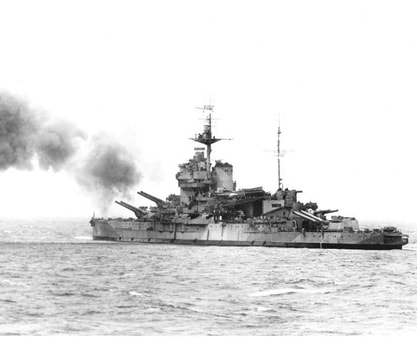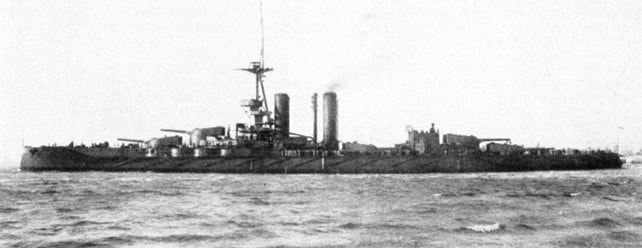- All Handmade Pens
- >
- Handmade Ballpoint Pens
- >
- Create History - Darwin
Create History - Darwin
SKU:
£90.00
£90.00
Unavailable
per item
Create your own historical pen.
Use the drop down menus below to select your unique pen and then add to cart.
Please note - all pens here are made to order and as such will have a lead time of approximately 1 week prior to dispatch. If you require your item sooner, please let us know and we will see what we can do to help.
The Darwin
Our most popular handmade ballpoint pen.
A very stunning, no-nonsense pen with smooth/plain lines.
If you want a high quality ballpoint pen that feels comfortable in the hand and looks fantastic on the desk, then the Darwin is it. There are no intricate patterns, no frills, bells or whistles. This is a pen that is just a pen - it doesn't shout 'look at me!' but rather sits quietly waiting for action, and then performs faultlessly.
It takes a Parker-style refill so you know you'll be able to keep it running and get any of your favourite colours easily. A Schmidt P900 black refill is included and is extended and retracted by twisting the top cap.
The Darwin is available in a number of finishes, shown below.
(If your taste leads to something less plain, then take a look at the Henley. Similar in shape to the Darwin, but with a little added detail).
Hardware finishes:
A very stunning, no-nonsense pen with smooth/plain lines.
If you want a high quality ballpoint pen that feels comfortable in the hand and looks fantastic on the desk, then the Darwin is it. There are no intricate patterns, no frills, bells or whistles. This is a pen that is just a pen - it doesn't shout 'look at me!' but rather sits quietly waiting for action, and then performs faultlessly.
It takes a Parker-style refill so you know you'll be able to keep it running and get any of your favourite colours easily. A Schmidt P900 black refill is included and is extended and retracted by twisting the top cap.
The Darwin is available in a number of finishes, shown below.
(If your taste leads to something less plain, then take a look at the Henley. Similar in shape to the Darwin, but with a little added detail).
Hardware finishes:
- Rhodium (with or without black titanium accents)
- Black titanium (with or without rhodium accents)
- Brushed silver
- Brushed copper
Materials
HMS Victory
|
Oak salvaged during her restoration.
Possibly the most famous ship ever built, Nelson's flagship is the only surviving warship to have fought in the American War of Independence, French Revolutionary Wars and the Napoleonic War. She dates back to 1759 when her keel was laid and after an unusually long active service, in 1922 she was 'saved for the nation' and put into dry-dock, where she remains to this day. She is the oldest commissioned ship in the world and has attracted millions of visitors. |
HMS Warspite
|
Teak Decking salvaged from the mighty HMS Warspite.
HMS Warspite had the proud honour of being the first ship to open fire in the early morning of 6th June 1944 on D-Day, with her shells pummelling a German gun battery on Sword Beach. In the aftermath of the Battle of Normandy, HMS Warspite supported allied land forces from 9th to 11th June 1944, operating for the benefit of the Americans before cruising off Gold Beach to support the British. She entered service on 8th March 1915 and on the 1st January 1945, after good and loyal service, HMS Warspite was placed in reserve. |
HMS Iron Duke (1914)
|
Teak salvaged from HMS Iron Duke (1914).
HMS Iron Duke was a dreadnought battleship of the Royal Navy, the lead ship of her class, named in honour of Arthur Wellesley, 1st Duke of Wellington. She was built by Portsmouth Dockyard, and her keel laid in January 1912. Launched ten months later, she was commissioned into the Home Fleet in March 1914 as the fleet flagship. She was armed with a main battery of ten 13.5-inch (343 mm) guns and was capable of a top speed of 21.25 knots (39.36 km/h; 24.45 mph). |
HMS Queen Elizabeth (1914)
|
Teak salvaged from HMS Queen Elizabeth (commissioned in 1914).
Her distinctive service during WW1 included participation in the Dardanelles campaign and the surrender of the German High Seas Fleet in 1918 when the terms of surrender were given to Admiral Von Reuter on board. Her WW2 service was particularly well known as she was seriously damaged at Alexandria after explosive charges had been placed on her hull in an attack by two-man human torpedoes in December 1941, forcing her to undergo extensive repair and refit. She later took part in many offensive operations against the Japanese bases in the Indian Ocean and in support of landing operations in Burma before return to UK before V-J Day. She was decommissioned on 15th May 1948, and later scrapped. |
HMS Warrior
|
Teak from HMS Warrior 1860.
HMS Warrior is a 40-gun steam-powered armoured frigate and was the name ship of the Warrior-class ironclads. She was launched on 29th December 1860 and powered by steam and sail, was the largest, fastest, and most powerful warship of her time. Built to counter the latest French battleship, Warrior was, in her time, the ultimate deterrent. Yet by igniting a new era in naval technology, she soon became outdated. After only 22 years’ service, Warrior’s hull was to be used as a depot, floating school, and an oil jetty. Warrior is a unique survivor of the once formidable Victorian Black Battlefleet and now serves as a museum ship, visitor attraction, popular private hire venue and more, back home in Portsmouth’s Historic Dockyard. |











